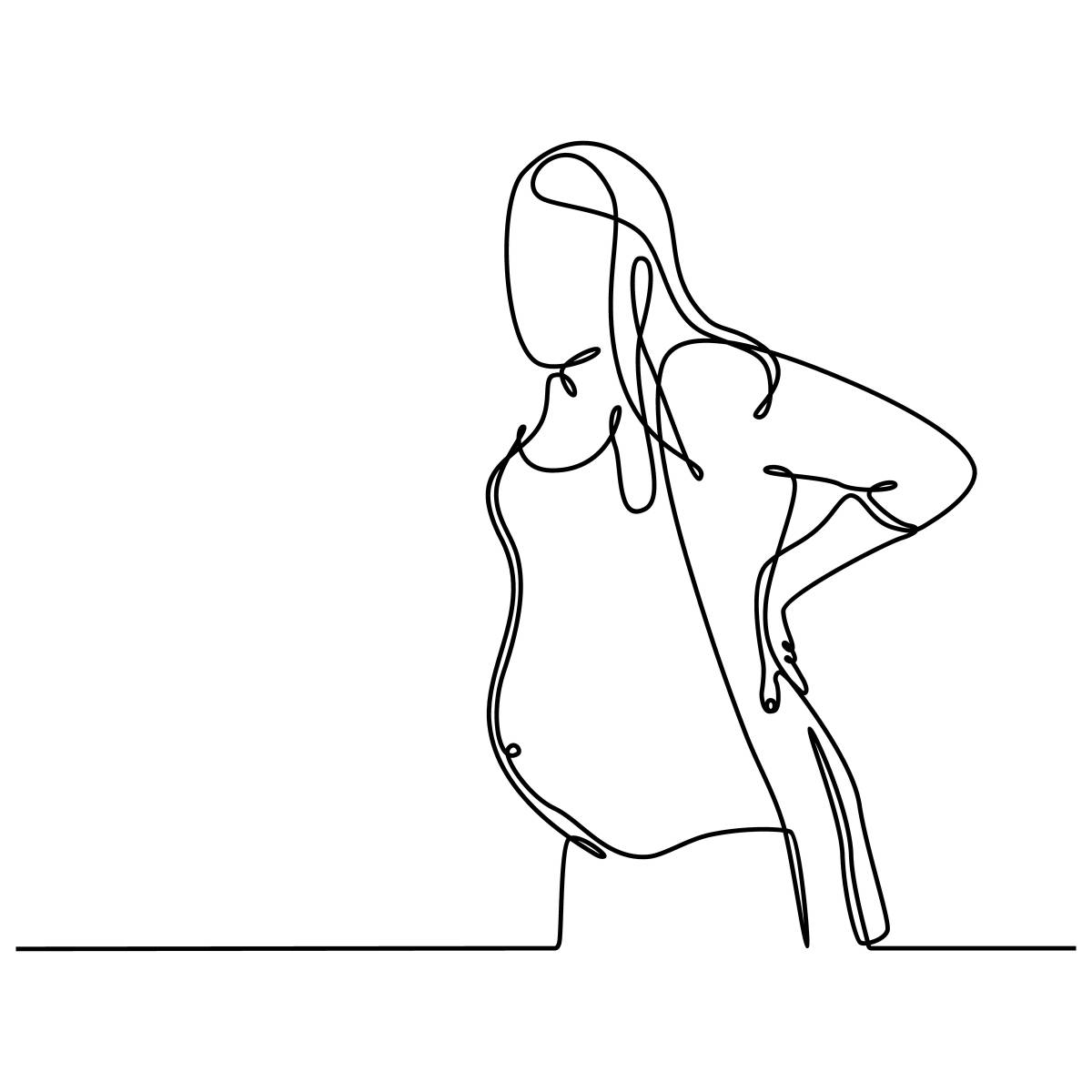Physios and midwives who use acupuncture to treat pregnant women for pain achieve good results
Physiotherapists and other practitioners who treat women for lower back and/or pelvic pain with acupuncture during pregnancy generally achieve good results. That is the conclusion of an article written by researchers based in China that is published today (22 November) in the open access journal BMJ Open.
The research team, which conducted a pooled data analysis of the evidence, found no observable major side effects among the new-borns whose mothers had received acupuncture. However, the team points out that only a few of the studies that were included in the analysis had evaluated outcomes, such as premature birth.
After trawling databases for relevant clinical trials, the team ended up focusing on 10 randomised controlled trials (RCTs), involving 1,040 women. The research studies – published from 2000-2020 – had been conducted in Sweden, UK, USA, Spain and Brazil. The acupuncture treatments were delivered either by physiotherapists, trained acupuncturists or midwives.

’Forbidden points’
The expectant mothers were in good health and were from 17-30 weeks into their pregnancy, on average, and reported having lower back and/or pelvic pain. Seven trials described body acupuncture, while three described auricular (ear lobe) acupuncture.
All the studies reported the acupuncture points for treatment, needle retention time, and dose. In seven, points usually regarded as contraindicated in pregnancy – ’forbidden points’ – were used. Pooled data analysis of the trial results for nine studies suggested that acupuncture significantly relieved pain during pregnancy. Of those studies (four) reporting on the potential of acupuncture to restore physical function, the results showed that this improved significantly.
'Quality of life'
Quality of life was recorded in five studies. When the results of these were pooled, the findings suggested that acupuncture significantly improved this too. Pooled data analysis of four studies indicated that there was a significant difference in overall effects when acupuncture was compared with other or no interventions.
But pooled data analysis of two studies reporting on pain relief medication indicated no difference in intake between those given acupuncture and those given nothing. The adjusted pooled data analysis also suggested that acupuncture is safe, and for the four studies reporting on it, that there was no significant difference in health (Apgar) scores of new-borns when acupuncture was compared with other intervention(s) or none.
Only one study reported on gestational age and that study was not included in the pooled data analysis. Preterm contractions were reported in two studies, but these babies were in good health at birth. Seven studies recorded other expected minor side effects for the mothers-to-be, such as pain, soreness and bleeding at the needle site, and drowsiness. Nevertheless, participants rated acupuncture favourably and most were willing to repeat it, if needed.
Note of caution
The researchers acknowledge that they included a relatively small of studies, whose quality varied. In addition, the design, methodology, outcomes, and participant characteristics differed substantially. In two studies, the drop-out rate exceeded 20 per cent among the comparison group.
Acupuncture significantly improved pain, functional status, and quality of life in women with [lower back/pelvic pain] during the pregnancy [Jiaman Yang et al]
Conclusion
Acupuncture should receive closer attention because of its potential to ease pain among expectant mothers who are advised to avoid drugs, where possible, because of the potential side effects for them and their babies.
'Acupuncture significantly improved pain, functional status, and quality of life in women with [lower back/pelvic pain] during the pregnancy. Additionally, acupuncture had no observable severe adverse influences on the newborns,’ the authors note. ‘More large-scale and well-designed [RCTs] are still needed to further confirm these results,’ they add.
Factfile
Acupuncture is emerging as a potential therapy for various different types of pain, because it does not involve the need for drugs and is considered safe, say the researchers.
Exactly how it might ease pain is unclear, but is thought to involve the release of endorphins and also increases blood flow to local skin and muscle.
Whether acupuncture can ease the debilitating low back and/or pelvic pain experienced by up to 90 per cent of women during their pregnancy has been hotly contested in the past.
To see the full version of the paper, titled Acupuncture for low back and/or pelvic pain during pregnancy: a systematic review and meta-analysis of randomised controlled trials doi 10.1136/bmjopen-2021-056878 visit: https://bmjopen.bmj.com/lookup/doi/10.1136/bmjopen-2021-056878
Author: Ian A McMillan
Share it with














